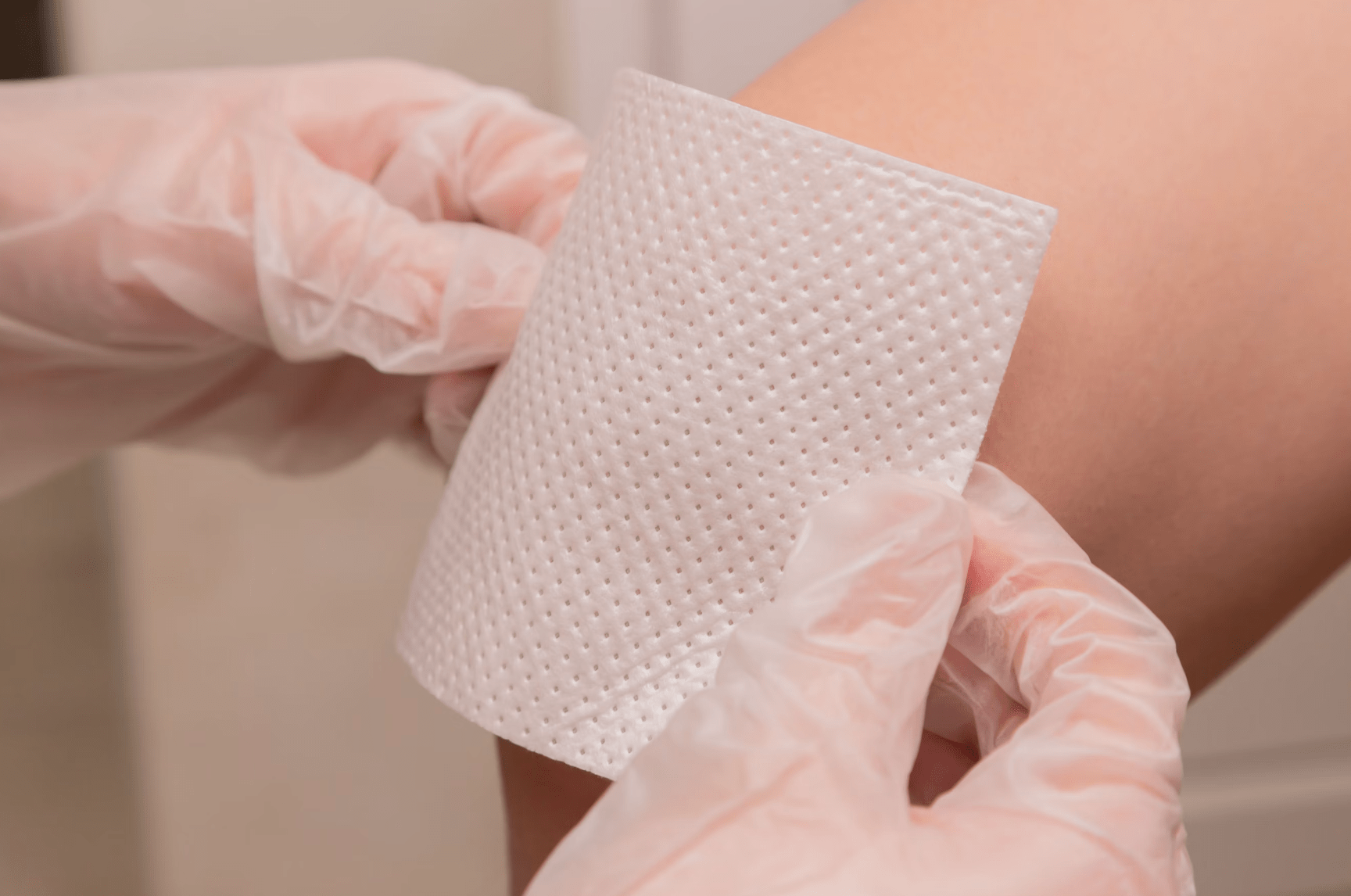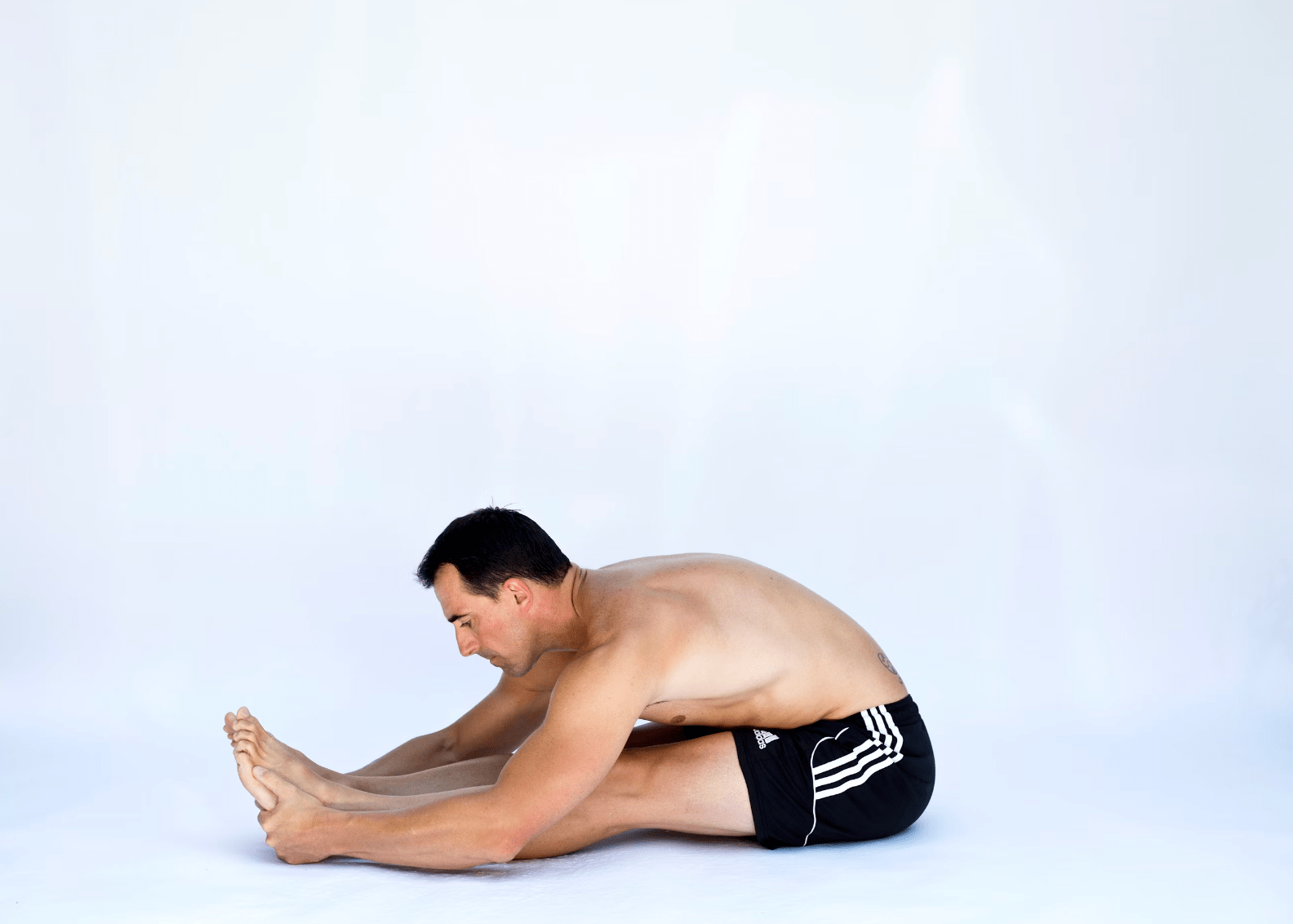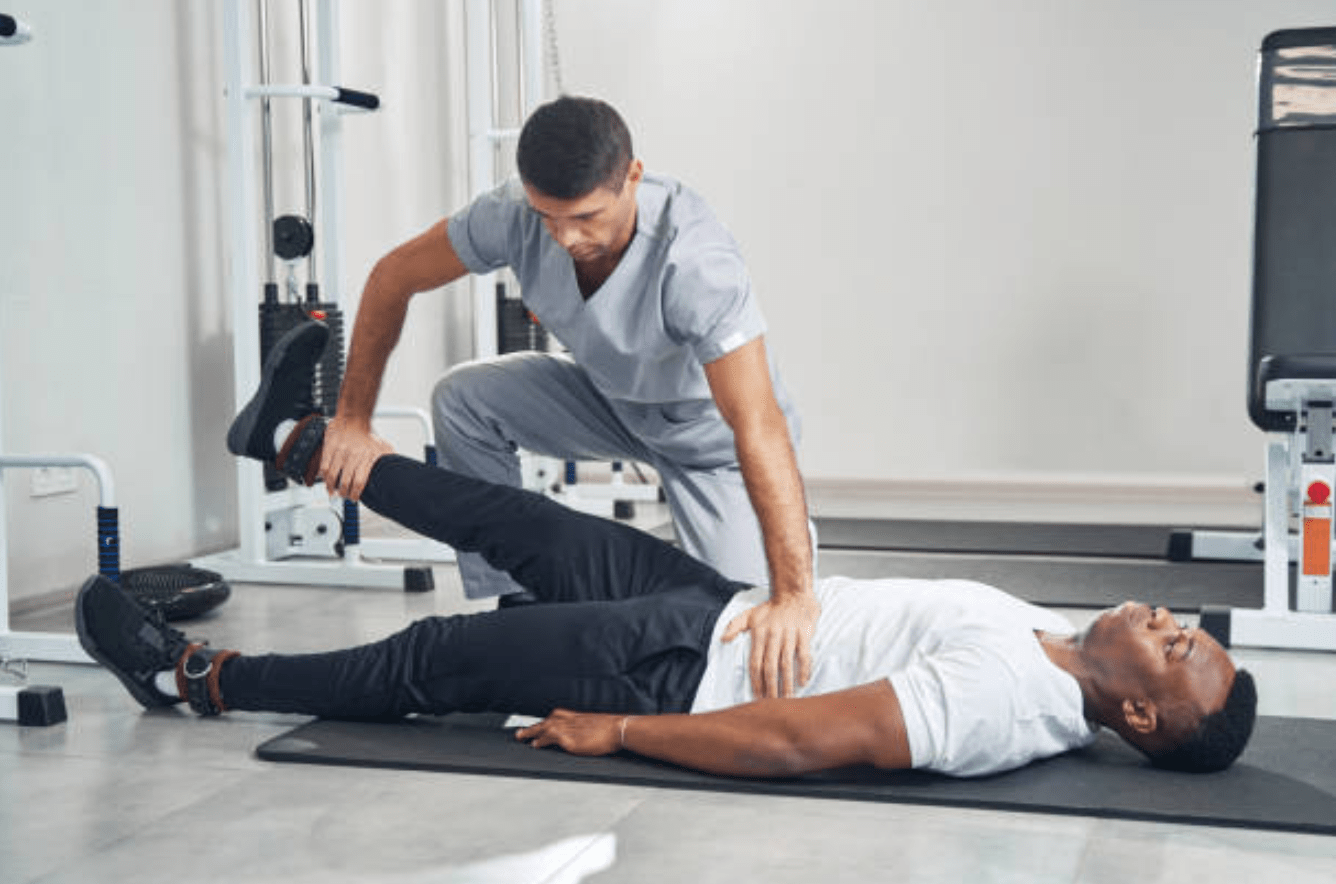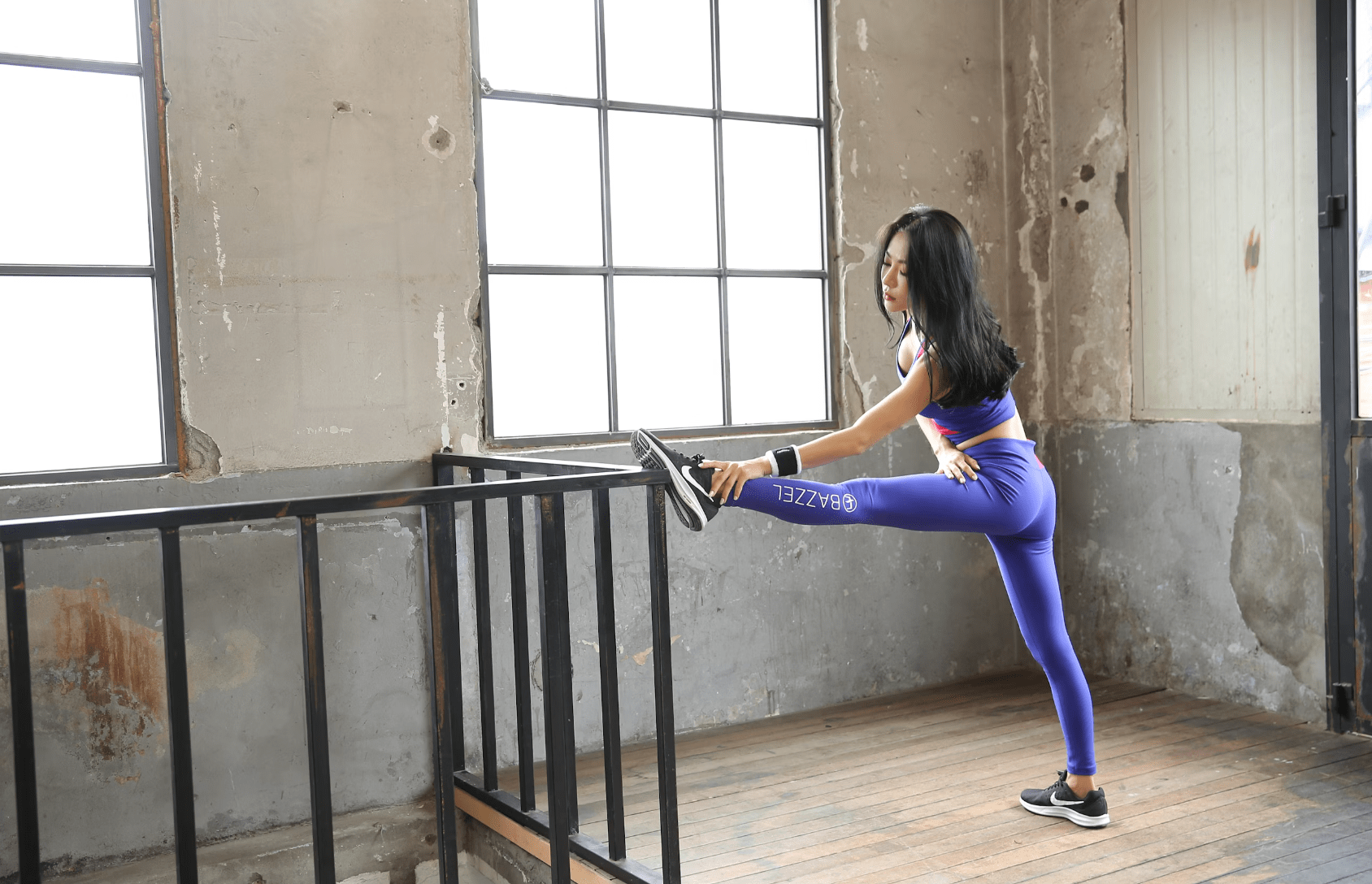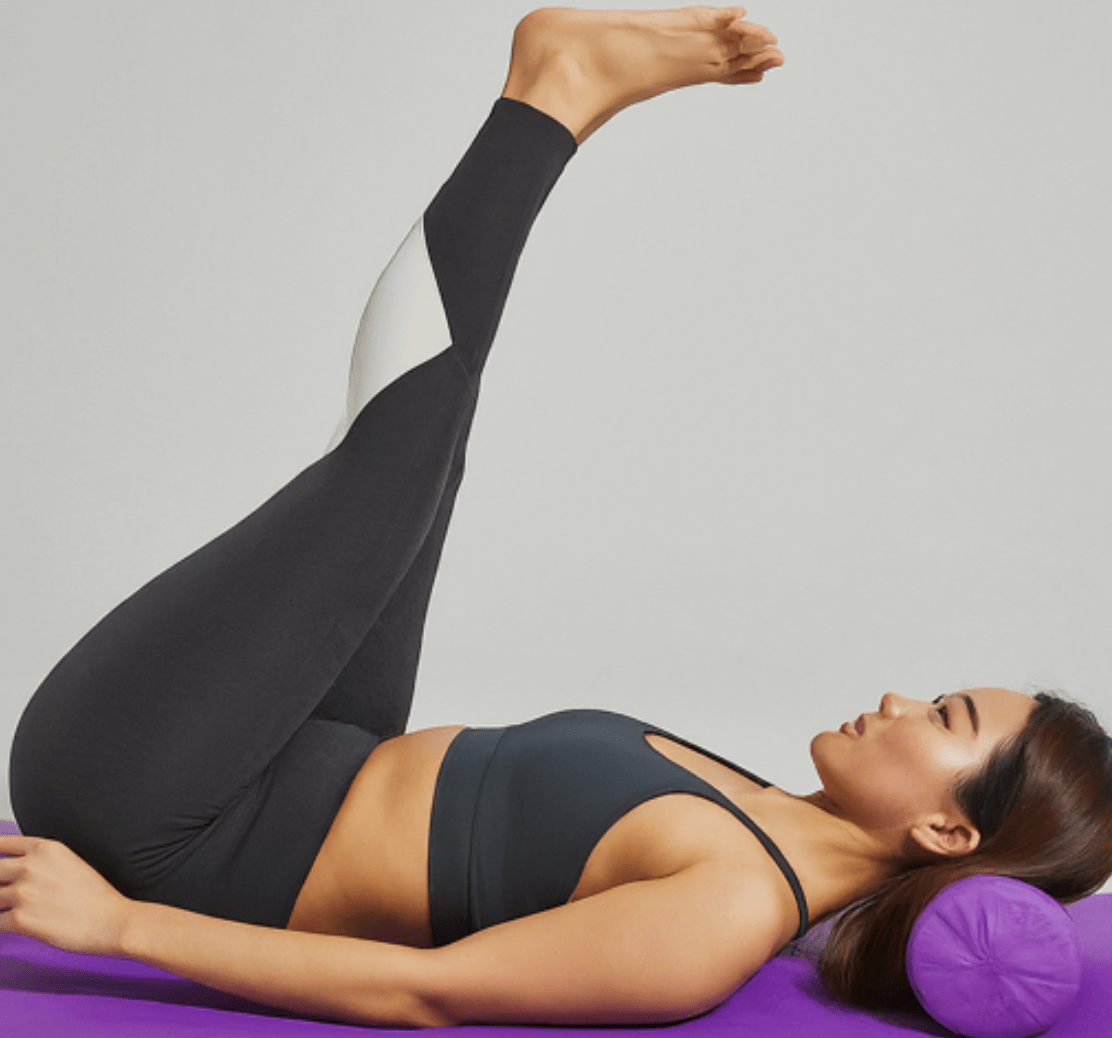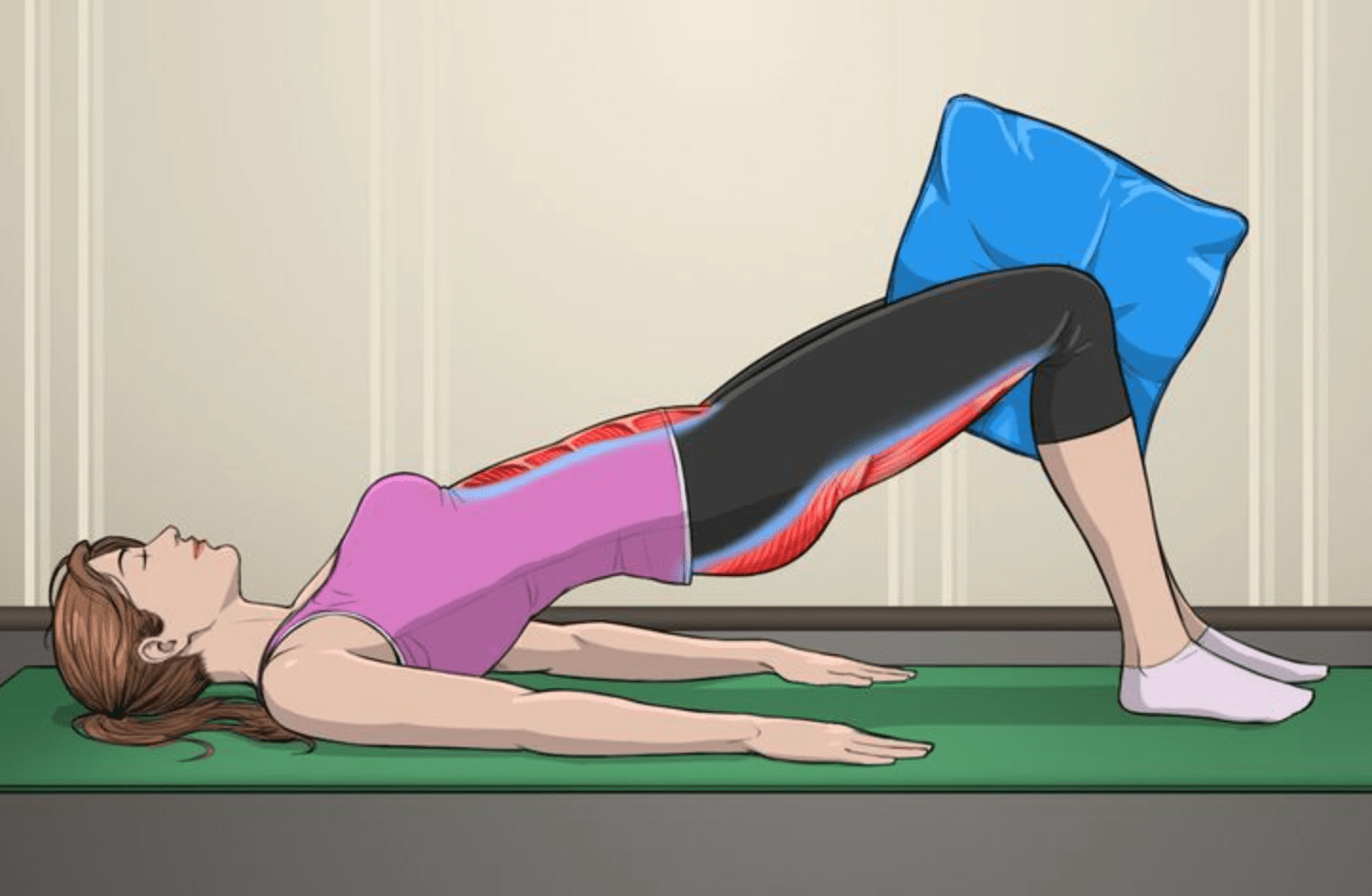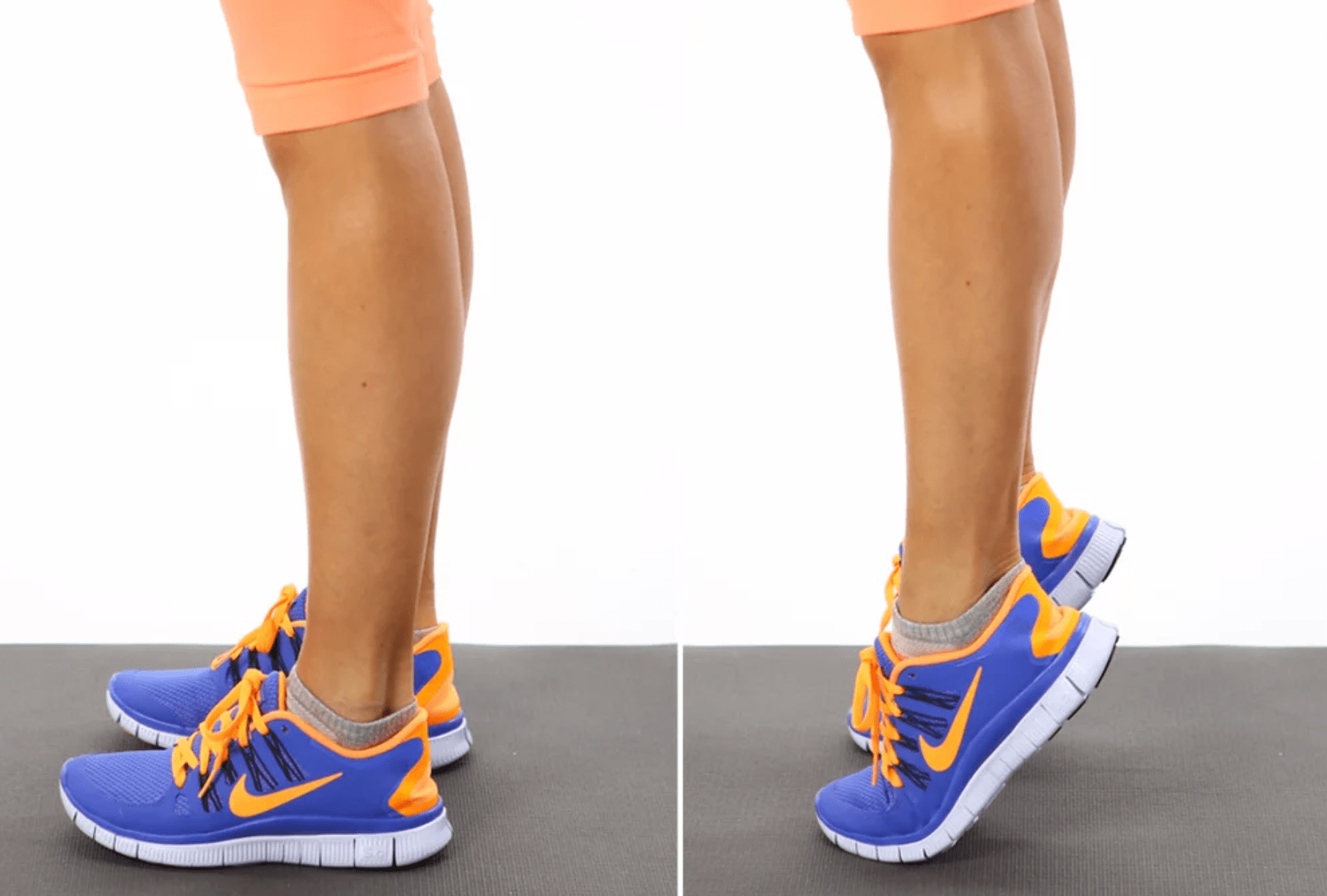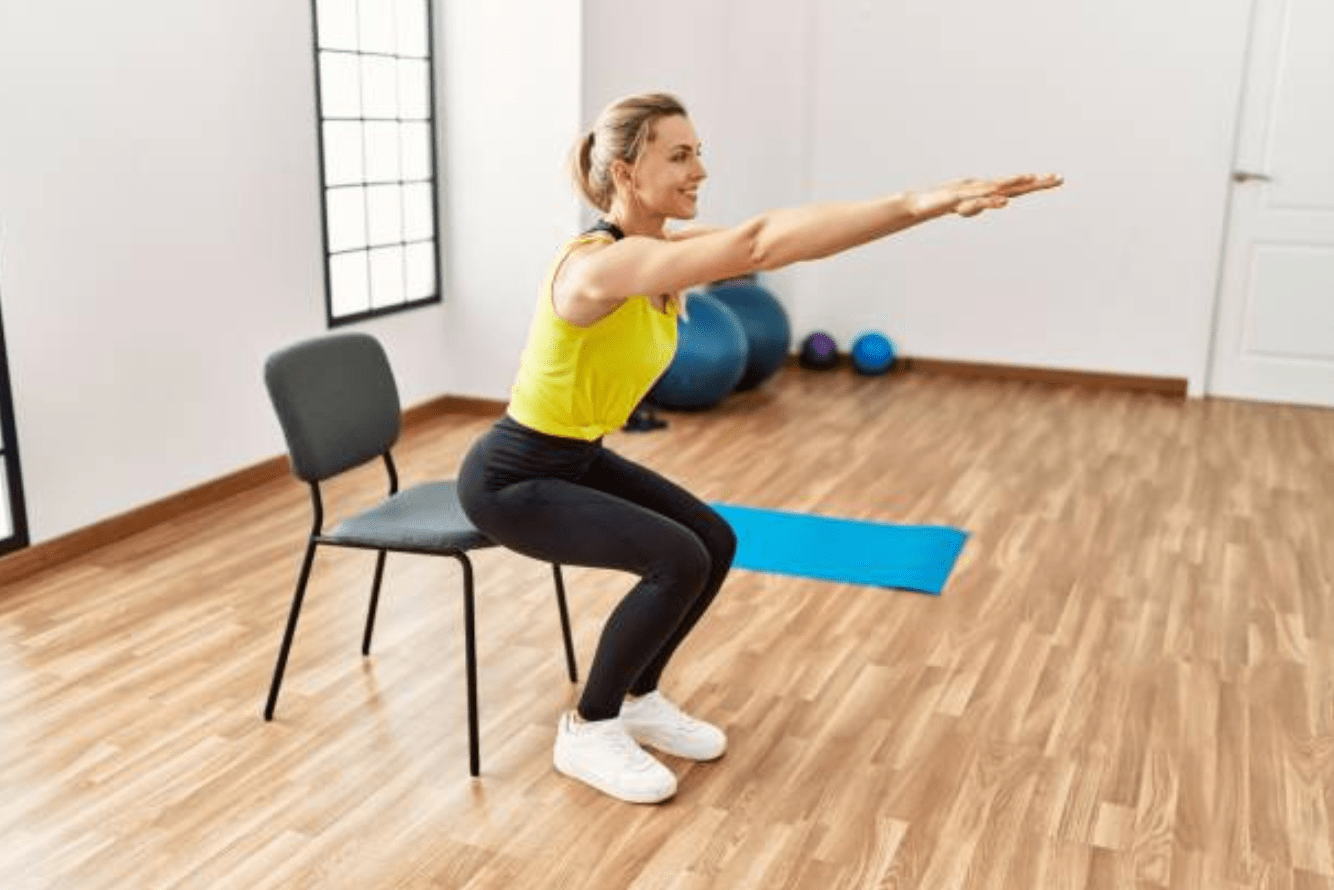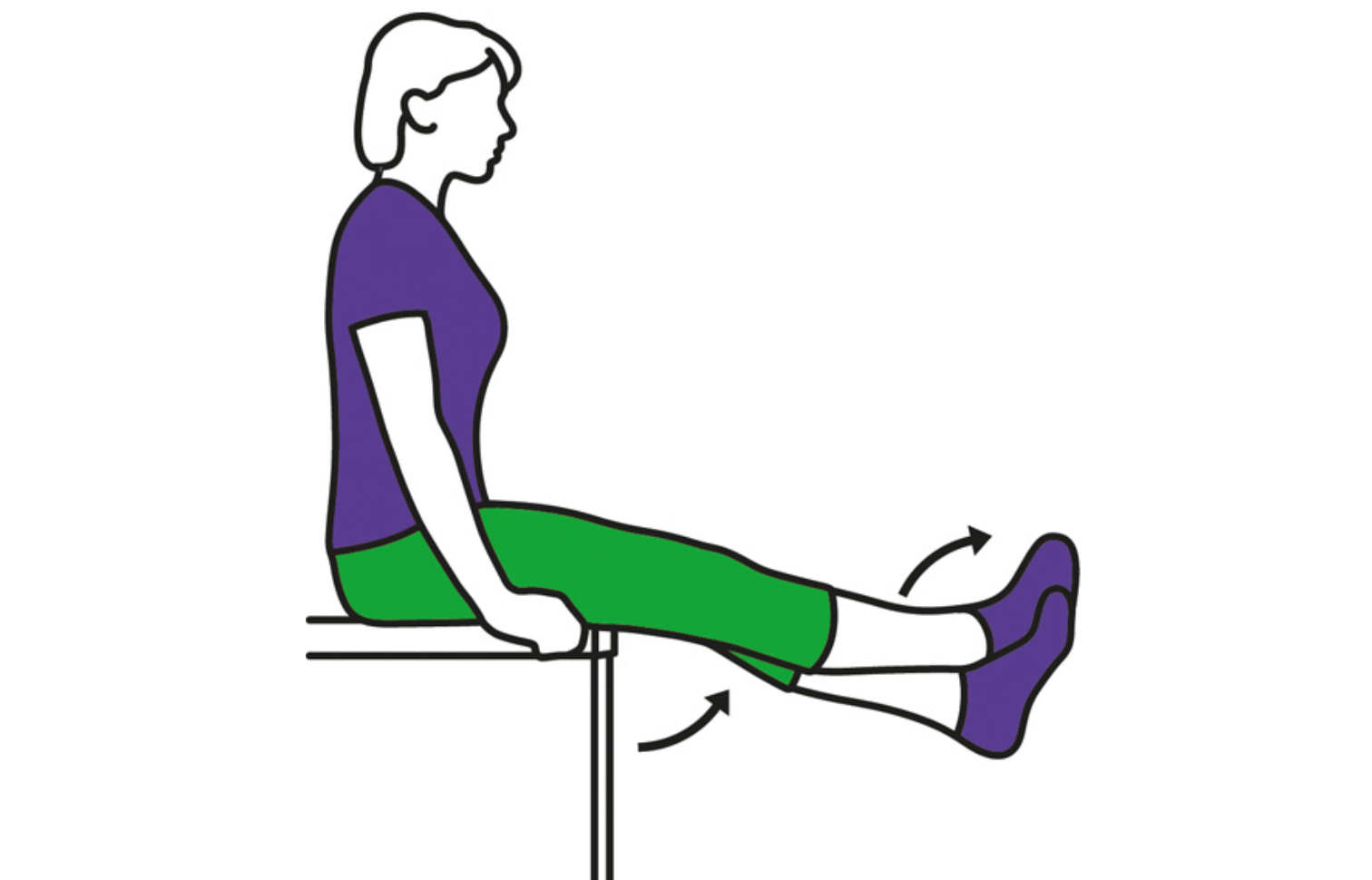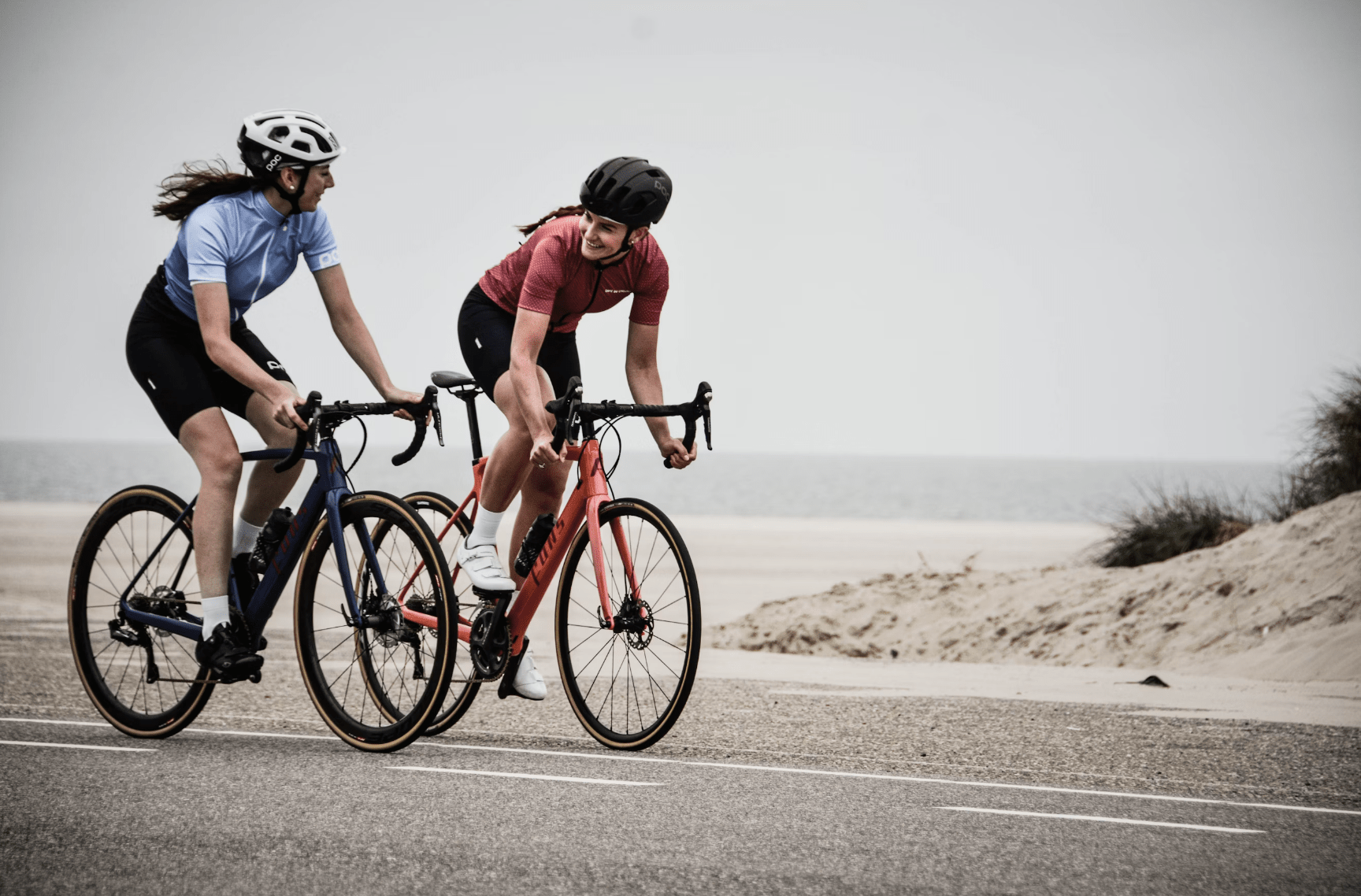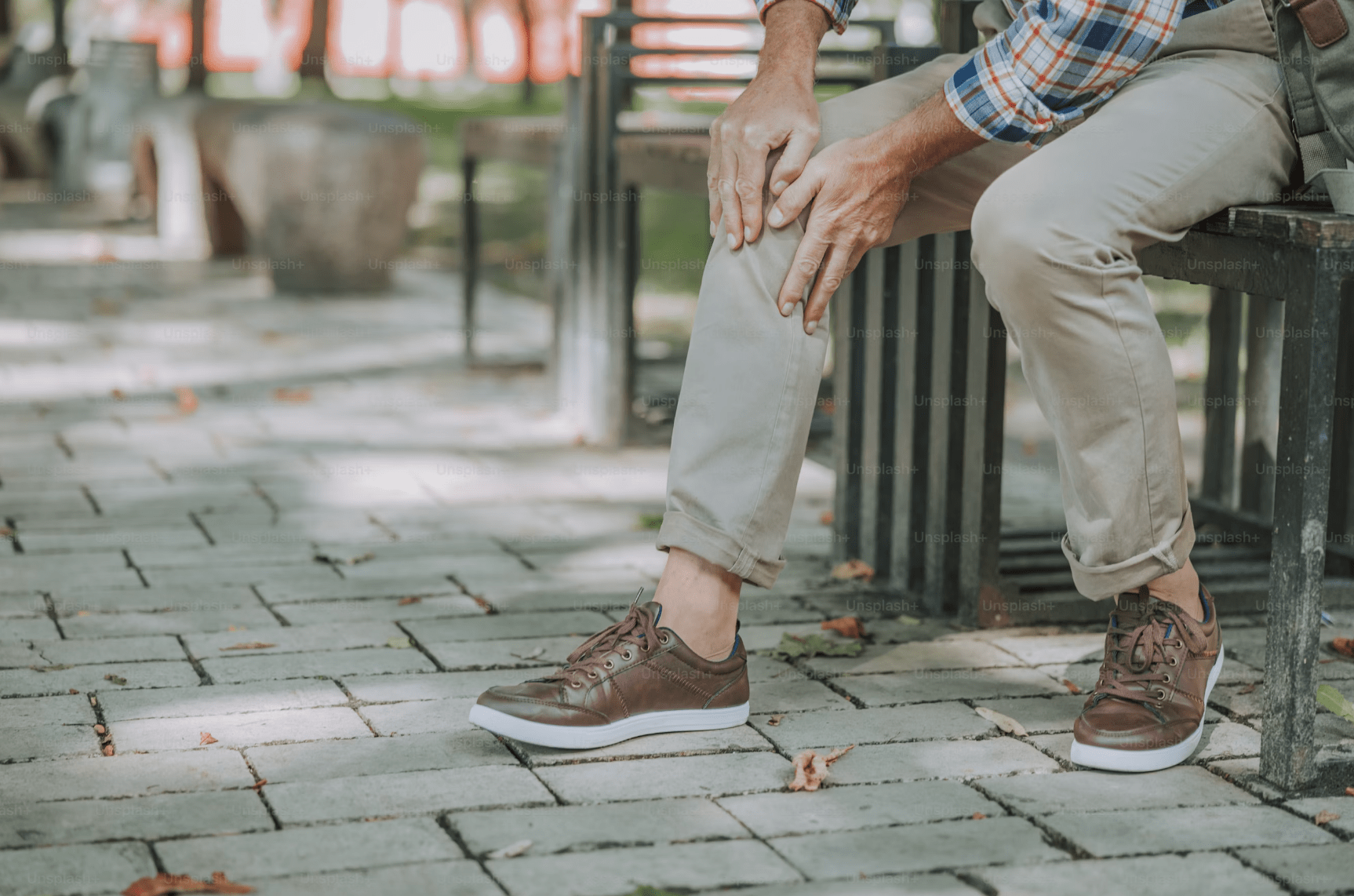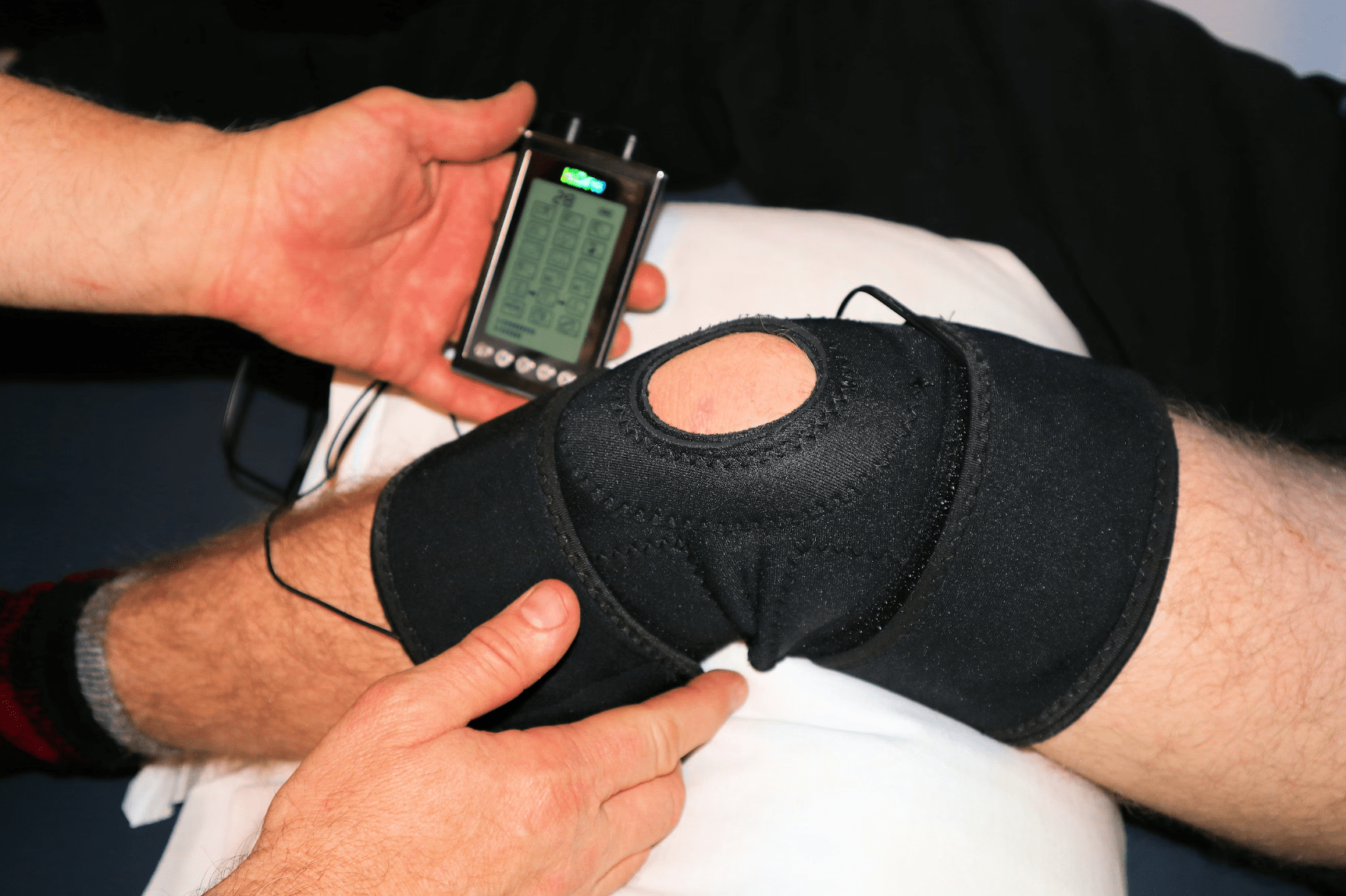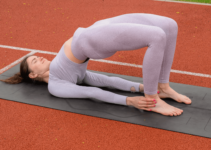My dad was experiencing knee pain while doing his daily activities and it was frustrating for him.
After consulting with a physiotherapist, we came to the right set of exercises and stretches that helped effectively manage your knees and make him feel better.
So, today I will be sharing a list of stiff knee exercises and stretches that can help to get relief from knee pain. Let’s begin the stretching routine.
Why does your knee get stiff?
Your knee may feel stiff for a variety of reasons. One common cause is that you sit or lie down for an extended period without moving your leg.
This lack of movement can tighten up the muscles around your knee making it feel stiff when you stand or walk.
Another reason could be a knee injury or arthritis, which causes swelling and discomfort.
Lack of exercise can also cause knee stiffness due to weak muscles. Thus, to keep your knee flexible and pain-free, you should stay active and exercise regularly.
Top 10 exercises for knee strengthening after injury
Here are some simple exercises that will strengthen your knees and reduce pain. These exercises will teach you how to stretch your knees which will enhance flexibility, and loosen your knees.
1. Hamstring stretch
Stretching helps to keep your knees flexible and increase your motion range.
This exercise can help you to lower your pain and injuries. But, before doing this exercise always warm up your body with a 5-minute walk.
To perform this stretch lie down comfortably and get ready to stretch your hamstring. Use a bed sheet to wrap around your straight leg and pull it gently towards you.
Hold, this position for 30 seconds, and then slowly lower your leg back down. Now, do this stretch twice. Repeat the same steps with the other leg.
2. Straight leg raise
Building strong muscles can support weak joints and performing straight leg raises can help you here.
To perform this exercise gently lie on the floor and your upper body must be supported by your elbows.
Gradually, bend your left knee, and foot on the floor. Simultaneously, keep the right leg straight and your toes pointed up.
Now, tighten your thigh muscles and carefully raise your right leg. Hold this position for 5 seconds.
Keep your thigh muscles tight and slowly lower down your leg to the ground. Perform two sets with 10 repetitions each and then switch legs after each set.
3. Calf stretch
For doing calf stretch stand near a chair or something you can hold and balance. Now, slightly bend your right leg. Then gradually take your left leg back and gently straighten it behind you.
Hold this position for 15-20 seconds and then switch legs. Now repeat the same steps with the other leg.
Calf stretch is among the best exercises for the back of knee pain suggested by doctors. And, if you want a stronger stretch, lean a bit forward and bend your right knee a little more.
4. Quad set
If you are done with straight leg exercises or it’s too much tough for you then you can try doing quads.
While doing quads you don’t need to raise your leg. All you have to do is simply tighten the thigh muscles which are also known as quadriceps. But, remember one leg at a time.
For doing quad sets lie on the floor and keep both the legs on the ground, making sure you are relaxed completely.
Then, gently lift your left leg and tighten your muscles for 5 seconds. After doing it relax your leg.
Now, repeat this exercise with another leg and repeat all the steps.
5. Pillow squeeze
Pillow squeeze can help you strengthen the inside muscles of your legs to support your knees.
For doing this exercise gently lie down on your back with both knees bent. And, then place a pillow between your knees.
Now, squeeze your knees and squish the pillow between them. Hold it for 5 seconds and relax. Perform two sets of 10 repetitions and don’t forget to switch legs after each set.
But, if you are feeling it tough, you can also do this exercise while being seated.
6. Heel raises
For heel raise, you need to stand stiff and hold the back of a chair for support. Now, lift your heel and raise yourself on the toes of both feet. Hold this position for at least 5 seconds.
Now, gradually lower down both the heels on the ground. Perform two sets of 10 repetitions each.
7. Sit-to-stand
For doing this exercise simply place a pillow on the chair. Now, sit on the top of it by keeping your back straight and feet flat on the floor.
Now, by using your leg muscles slowly and gently stand up tall. Then again sit on it comfortably.
Make sure your knees should not move ahead of your toes. You can also try this exercise with your arms crossed.
Initially, it might be challenging for some people to do this exercise. So, in this case, use a chair with comfortable armrests and push up yourself by using your arms.
8. Leg cross
Sit comfortably on the edge of a table, seat or bed and gently cross your ankles. Now, push your front leg behind and back leg front against each other until you feel pressure on your thigh muscles.
Hold this position as long as you can and then relax yourself. Take a break for a minute and then repeat it for another two times. But, make sure every time you switch legs and repeat.
9. Walking
Walking can be a great exercise for people having stiff or sore knees. All you need to do is start slowly and keep it consistent. Walking can help you to feel relaxed from joint pain. Simultaneously it will strengthen your leg muscles, and as a result, it will improve your posture and flexibility.
Apart from all, walking is also good for your heart.
10. Other gentle knee exercises
Some exercises are gentle on your knees and can help you remain active.
These include biking, swimming, and water aerobics. Exercising in water takes the strain off your aching joints. Community centers, gyms, and pools all offer arthritis classes.
Staying active can help you lose weight and simultaneously it will reduce the strain on your joints.
If you enjoy activities like golf but they hurt your knees, consult your doctor or physical therapist before playing and how to play them safely. The aim is to increase knee mobility and strengthen your knee joints. For more information and effective knee stretches check out our other article on how to stretch your knees.
How much to exercise
You don’t need to dedicate several hours to doing exercise, thirty minutes in a day is sufficient. Start slowly like 10 minutes of walking every day
However, initially, you might feel mild muscle pain or soreness. But,, it is quite normal and it is alright.
You can ease the soreness by using heat packs or ice. Still, if you are experiencing severe pain or discomfort in your joints immediately consult your doctor.
How Exercises Loosen Stiff Knees
Doing exercise while dealing with knee pain can be challenging as your knees might feel stiff and painful.
But, actually performing the right kind of exercises can help you in loosening them. So, here are some of the key reasons which explain why stiff knee exercises are good for you.
- Firstly, exercises keep your knee cartilage smooth and flexible, preventing wear and tear.
- Secondly, exercise helps your knees to move freely.
- When you perform exercises for back or knee pain it helps in increasing the blood flow which helps them in healing.
- While exercising your body releases chemicals known as endorphins and this can help you to get release from pain.
- If you want to lose weight then exercise can help you here too.
Exercise tips for knee pain
Exercise helps your knees feel better, but there are a few tips that can help you get the most out of it. Here are some easy tips that can be helpful while doing knee exercises:
If you are new to exercising or regular exercise is tough for you then try doing workouts while sitting down or swimming in a pool. This will help your muscles get stronger without putting too much pressure on your knees.
Secondly, along with exercise, you can look and try other methods which will relax you from knee pain. Using ice or heat packs can help you here.
- Before or after doing knee exercises make sure to warm first and stretch your knees at the end.
- If you are playing sports or doing tough workouts that might hurt your knees then wear a knee brace or a compression sleeve relax them and provide extra support.
- Try not to do many things at a time that put too much strain on your knees such as continuously going up and down stairs a lot, doing squats, or jumping around too much.
- As you regularly do exercise you get stronger than you can perform exercises by adding ankle weights, using resistance bands, or doing exercises that make your knees more active.
- Move around and keep changing positions especially if you have sitting for a long time. Try to get up or walk around for at least 5 minutes every hour.
- If you are experiencing severe pain while doing exercise or are not sure if you are doing it correctly then it is better to consult a physical therapist.
- They will examine you and suggest the best exercises for you and make you feel better, especially if you have a knee injury or arthritis.
Safety considerations while exercising
The above-mentioned knee exercises are simple and safe and almost all people of any age group can perform them.
Exercises such as lunges and squats can help you strengthen your knees, but simultaneously it can also injure if not done correctly.
Always keep in mind while doing knee exercises start with a low number of sets and gradually increase it.
If you are experiencing any pain while doing any movement then stop. If your exercise program makes your knees feel sore or creates trouble in moving the next day then you are overdoing it.
A gentle stretching after the exercise will relax your muscles and keep them flexible.
When to consult a doctor?
If you notice any torn or injured knee then you should immediately visit a doctor. Receiving a quick treatment will help you lower the risk of further injury.
In addition, one should consult a doctor or physician if you are accompanied by other symptoms like pain or swelling.
Treatment options to make your knees feel better
The treatment options for a stiff knee depend upon the root cause. If there is a minor injury then you can follow the below home remedies which will ease your pain and stiffness until the injury heals:
- Resting your knee
- Applying an ice pack to the knee regularly
Wearing a knee brace will help you in stabilizing the knee which will prevent further injury.
In case there is a severe injury and knee stiffness which is severe or persistent then you need to visit to doctor.
The doctor will do an examination and diagnose the cause of the knee stiffness and will perform the treatment. Depending upon the cause of knee stiffness the following treatments might be helpful:
- Taking prescribed pain medicines
- Using corticosteroids
- If you are suffering from rheumatoid arthritis then the treatments include disease-modifying antirheumatic drugs, biologics, and surgery.
- Physical therapy can also help in improving knee functionality and overall mobility.
Making your knees feel better
In conclusion, performing stiff knee exercises regularly can significantly reduce pain and make movement easier, especially if your knees are tight or sore.
These exercises can strengthen the muscles around your knees, which can help to relieve stiffness and discomfort. Remember to start slowly and pay attention to how your body feels.
If you’re not sure which exercises to do or have any questions, consult your doctor or a physical therapist.
With consistent effort and a healthy lifestyle, these exercises can significantly improve your knee health.
